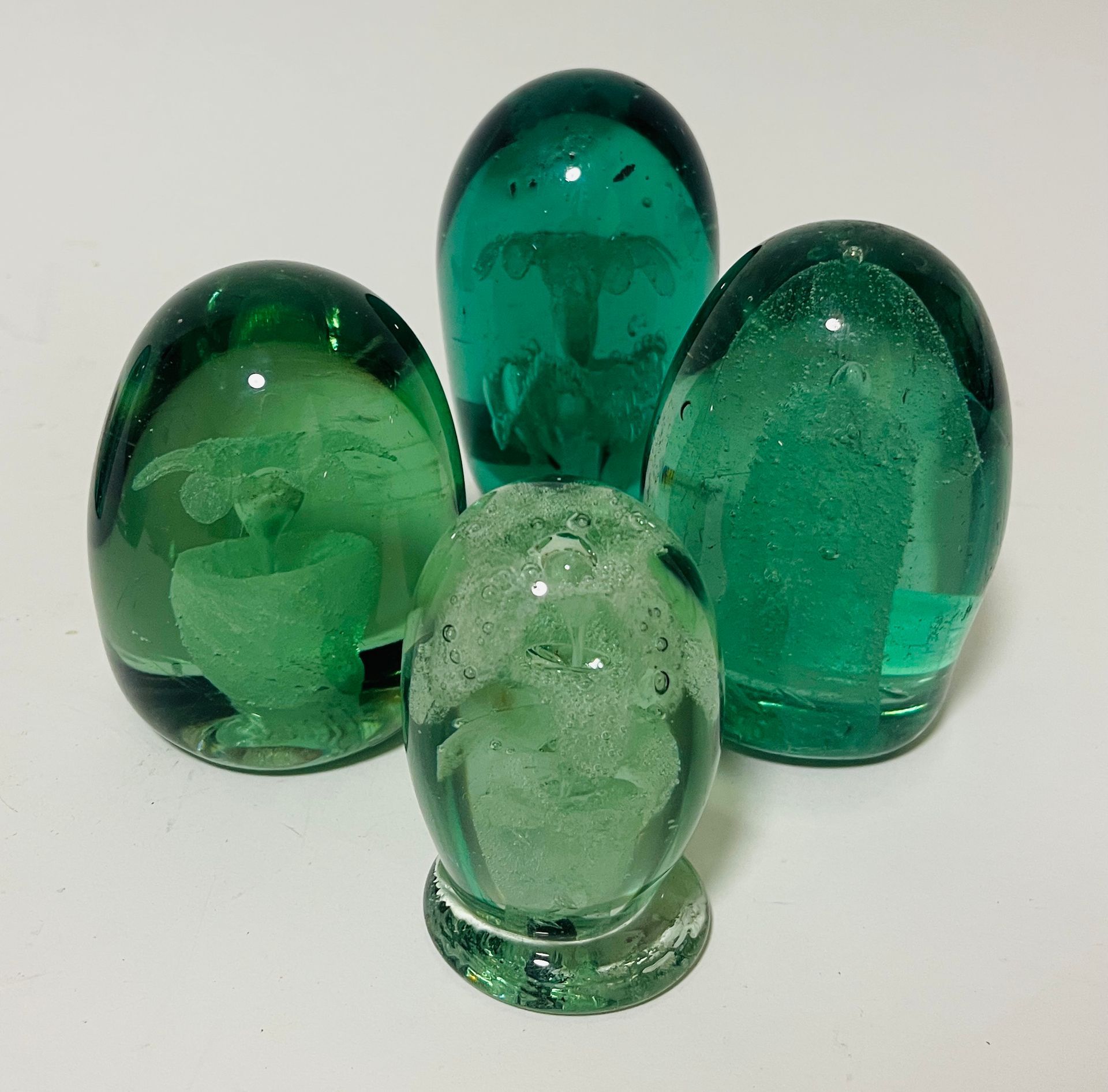Antique Microscopes
From a young age, I’ve always been fascinated with science and the natural world. This has developed into a passion for antique scientific instruments and this is actually one of my favourite areas of antiques - not only do you get the history of the piece but the quality of the workmanship that went into making some of the instruments is superb.
I particularly enjoy buying old microscopes. As with most collectables, rarity, rather than just age, determines the value. Whilst early and rare models can fetch tens of thousands of pounds, you can pick up a good quality Victorian microscope for as little as £100. These beautiful brass objects make great decorative items.
The best thing about them is that they often still work! Microscope slides are quite easy to come by and there is nothing better than looking through the lens of an old microscope - just think of all the people that have used it and what they’ve looked at!
Most microscopes will be marked with a maker’s name - a good one to look out for is Carl Zeiss, a German maker who revolutionised the quality of the lenses in the 1800s and made some fantastic instruments. In addition to the maker’s name, you will often see Serial Numbers stamped on them too which can help to determine the age.
The earliest known examples date from the 1500s. They were nicknamed “flea glasses” because they were first used to study insects. Whilst cutting edge for their time, they were fairly simple items but as science progressed, so did the microscope and more advanced and powerful models became available by the 1800s.
Over the centuries microscopes have played a vital part in many major scientific discoveries. Before the development of microscopes people believed that diseases were caused by evil spirits or poisonous gases but this new technology enabled scientists to observe bacteria which helped to develop proper treatments.









